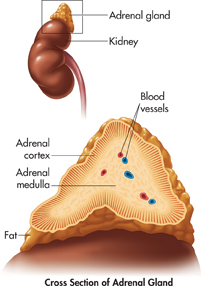
FIGURE 34–5 Anterior Pituitary Hormones The hypothalamus secretes releasing hormones that signal the anterior pituitary to release its hormones. Classify Which of these hormones stimulate other endocrine glands?
ddddIn contrast, the hypothalamus has indirect control of the anterior pituitary. The hypothalamus produces releasing hormones, which are secreted into blood vessels leading to the anterior pituitary. The hypothalamus produces a specific releasing hormone that controls the secretion of each anterior pituitary hormone. Hormones released by the anterior pituitary gland are listed in Figure 34–5.
MYSTERY CLUE

One effect of cortisol is the release of calcium from bones into the blood so that it is available for skeletal muscles. How could this effect of cortisol have contributed to Lisa's condition?
Adrenal Glands The adrenal glands are pyramid-shaped structures that sit on top of the kidneys.  The adrenal glands release hormones that help the body prepare for—and deal with—stress. As shown in Figure 34–6, the outer part of the gland is called the adrenal cortex and the inner part is the adrenal medulla.
The adrenal glands release hormones that help the body prepare for—and deal with—stress. As shown in Figure 34–6, the outer part of the gland is called the adrenal cortex and the inner part is the adrenal medulla.
About 80 percent of an adrenal gland is its adrenal cortex. The adrenal cortex produces more than two dozen steroid hormones called corticosteroids (kawr tih koh STEER oydz). One of these hormones, aldosterone (al DAHS tuh rohn), regulates blood volume and pressure. Its release is stimulated by dehydration, excessive bleeding, or Na+ deficiency. Another hormone, called cortisol, helps control the rate of metabolism of carbohydrates, fats, and proteins. Cortisol is released during physical stress such as intense exercise.
Hormones released from the adrenal medulla produce the heart-pounding, anxious feeling you get when excited or frightened—commonly known as the “fight or flight” response. When you are under this sort of stress, impulses from the sympathetic nervous system stimulate cells in the adrenal medulla to release large amounts of epinephrine (commonly referred to as adrenaline) and norepinephrine. These hormones increase heart rate and blood pressure. They also cause air passageways to widen, allowing for an increase in oxygen intake, and stimulate the release of extra glucose. If your heart rate speeds up and your hands sweat when you take a test, it's your adrenal medulla at work!

FIGURE 34–6 Adrenal Glands The adrenal glands release hormones that help the body handle stressful situations. The adrenal cortex and adrenal medulla contain different types of tissues and release different hormones.
dTable of Contents
- Formulas and Equations
- Applying Formulas and Equations
- Mean, Median, and Mode
- Estimation
- Using Measurements in Calculations
- Effects of Measurement Errors
- Accuracy
- Precision
- Comparing Accuracy and Precision
- Significant Figures
- Calculating With Significant Figures
- Scientific Notation
- Calculating With Scientific Notation
- Dimensional Analysis
- Applying Dimensional Analysis




